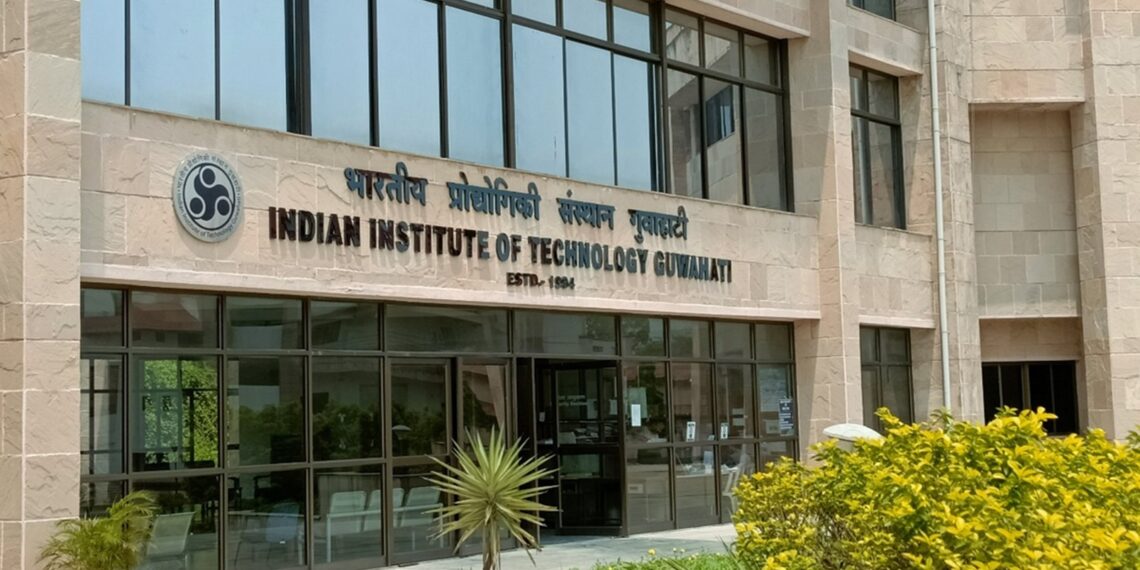GUWAHATI: In a remarkable scientific breakthrough, researchers from the Indian Institute of Technology (IIT) Guwahati and Columbia University, USA, have developed an innovative and cost-effective method for nanopatterning using a simple tabletop infrared (IR) laser.
The findings of this pioneering research, led by Dr Rishi Maiti, Assistant Professor in the Department of Physics at IIT Guwahati and former post-doctoral scientist from Alexander Gaeta’s quantum and non-linear photonics group, have been published in the prestigious journal Science Advances.
Nanopatterning involves creating patterns on materials at the nanometre scale, which is approximately one hundred thousand times smaller than the width of a human hair.
This advanced technique is essential for the fabrication of nano-scaled optical elements and polariton cavities, crucial components in devices such as advanced light detectors, solar cells, lasers, and light-emitting diodes.
Traditional nanoscale patterning methods typically require specialised equipment and sophisticated infrastructure, including clean rooms for electron beam lithography machines or high local heating and plasma techniques for direct writing.
Seeking a more accessible and cost-effective alternative, the multi-institutional research team employed a technique called “optical driving”, utilising the resonance frequency principle in materials.
The newly developed method, termed “unzipping”, involves cleaving hexagonal boron nitride using an infrared laser.
This process produces atomically sharp lines across the sample, with widths measuring just a few nanometres.
By using laser wavelengths at 7.3 micrometres, the researchers achieved clean lattice breaks, enabling the creation of controllable nanostructures.
In a subsequent step, the researchers “unzipped” two parallel lines to form a nano-dimensional cavity capable of trapping phonon-polaritons, unique quasi-particles arising from the interaction of light and vibrations.
These trapped particles have the potential to focus light into sub-nanometric spots, which could significantly enhance the sensitivity of mid-infrared sensing and spectroscopy.
Dr Maiti, highlighted the significance of this development, saying, “This novel nano-patterning technique using optically induced strain opens doors to a myriad of possibilities in nanoscience and technology. Its simplicity and effectiveness mark a significant advancement in the field, with far-reaching implications across various industries.”
Dr Maiti envisions a wide range of applications for this breakthrough, including the design of hard masks for electrode fabrication on 2D materials and the formation of twisted heterostructures for quantum technologies.















